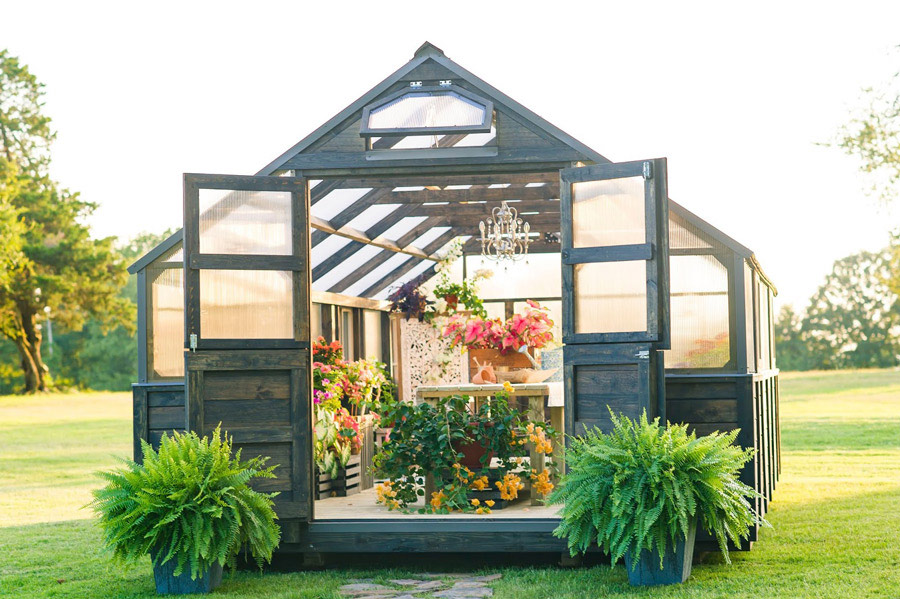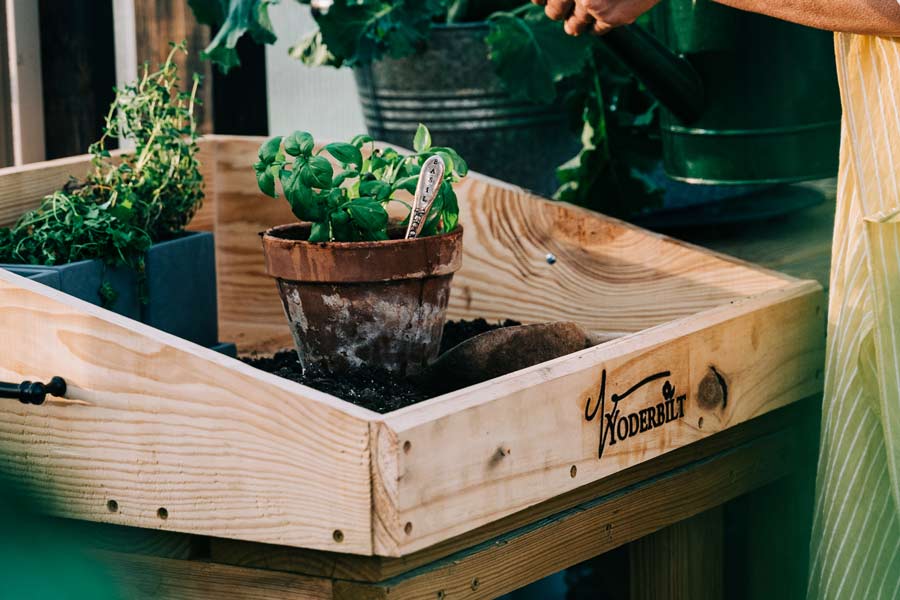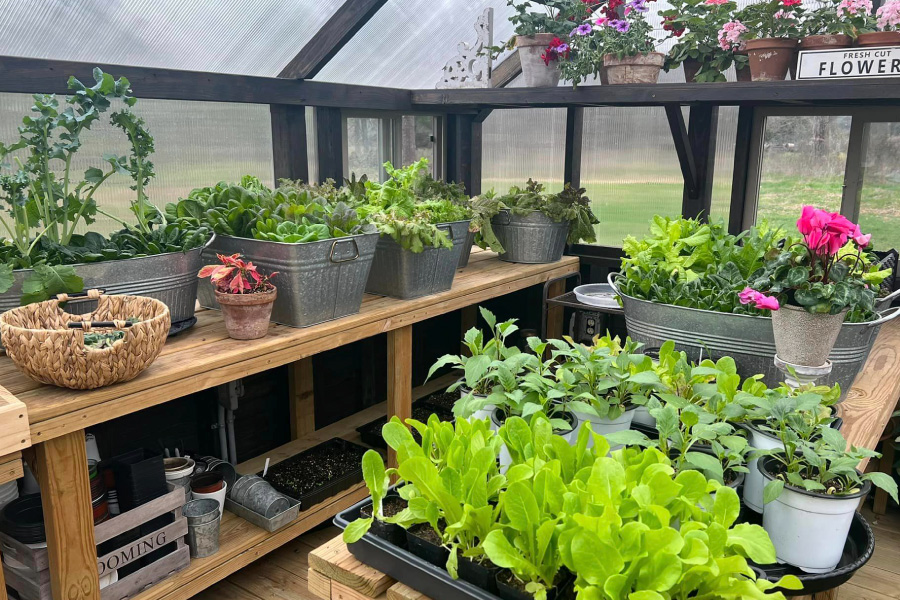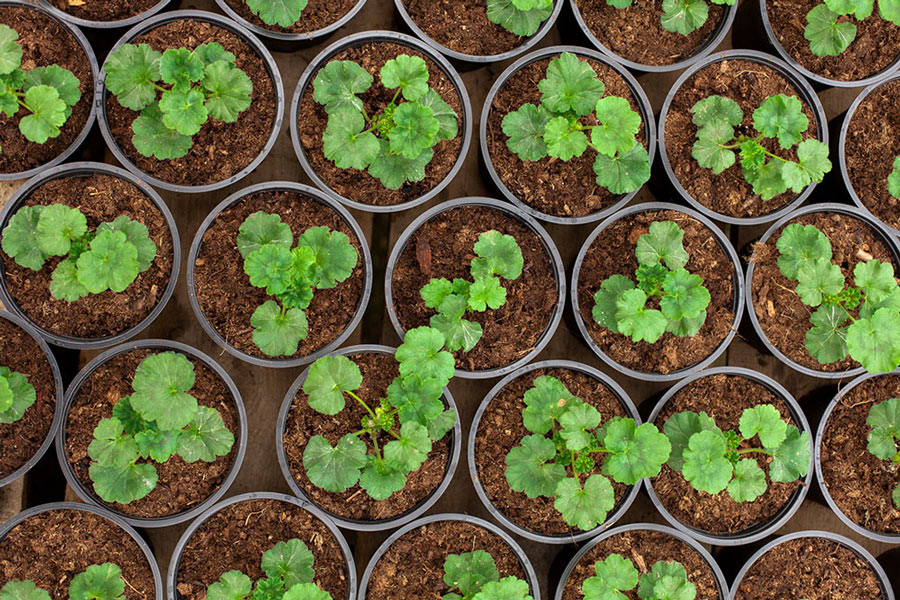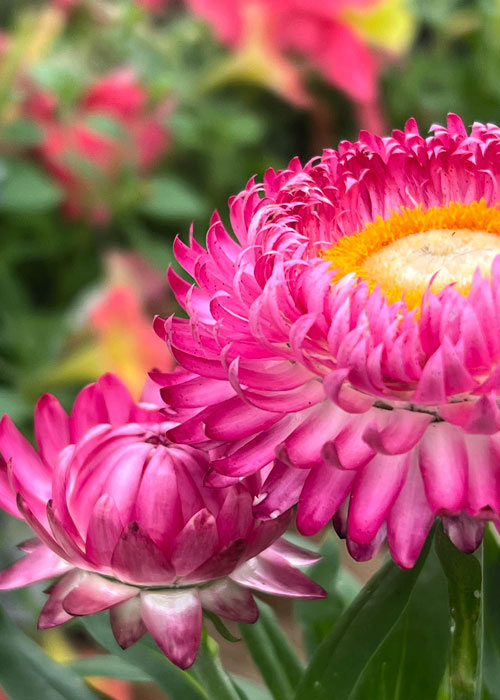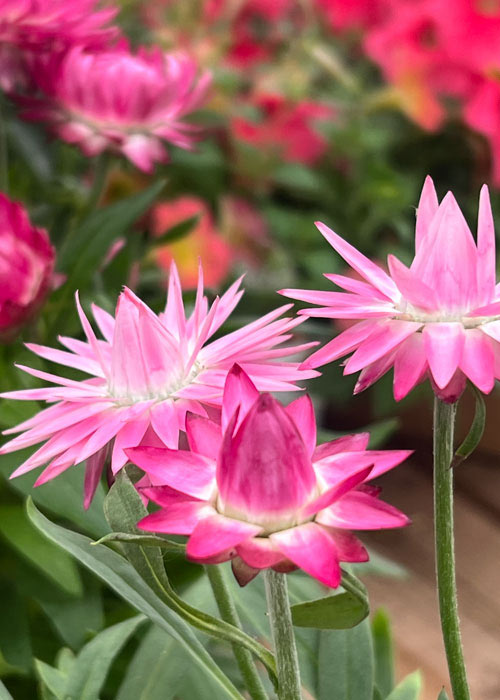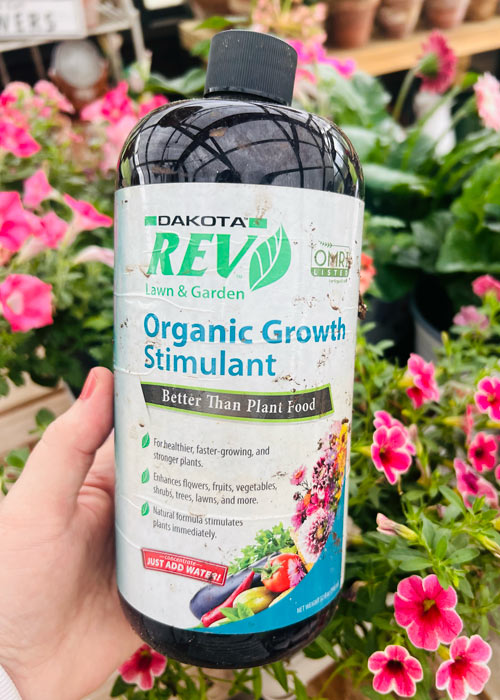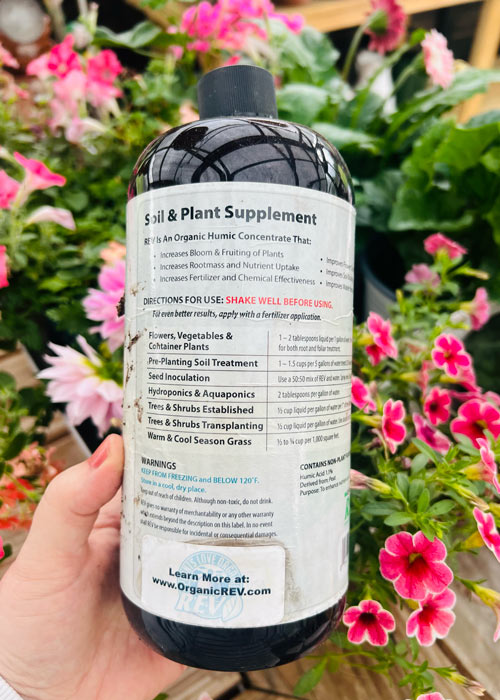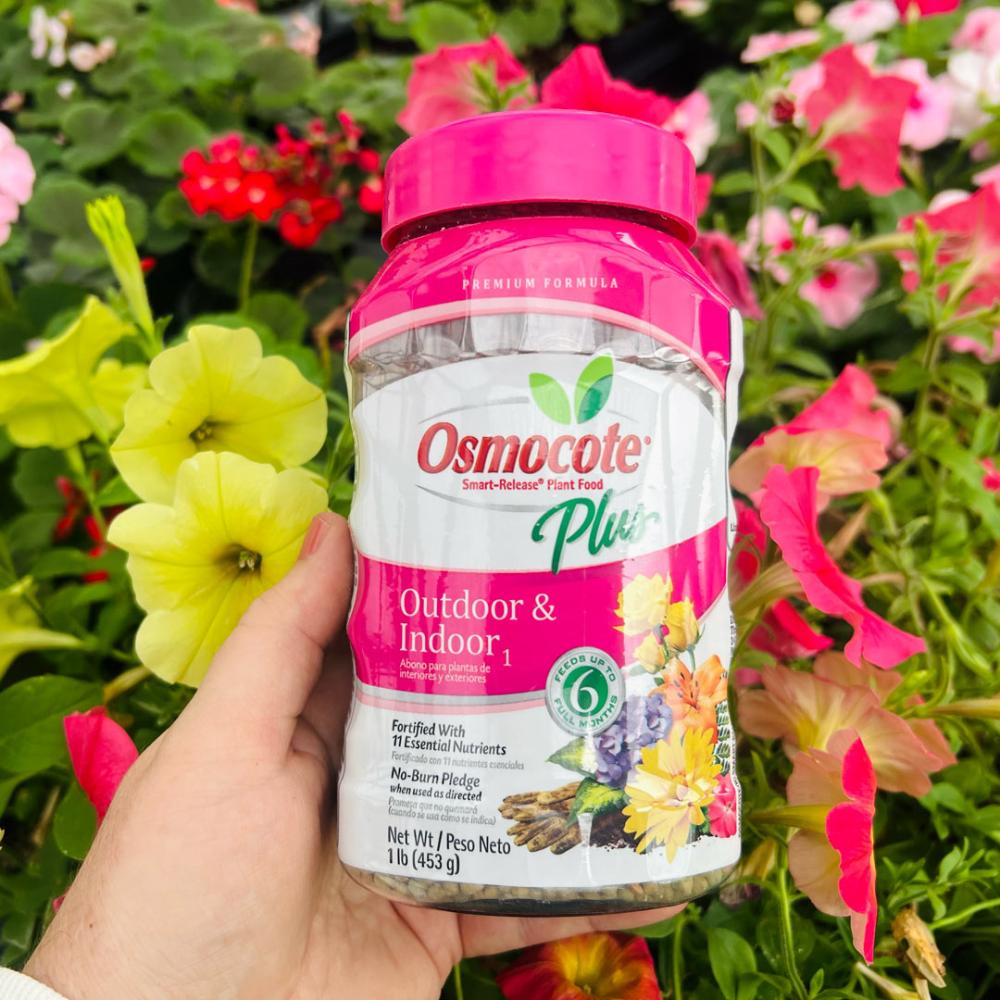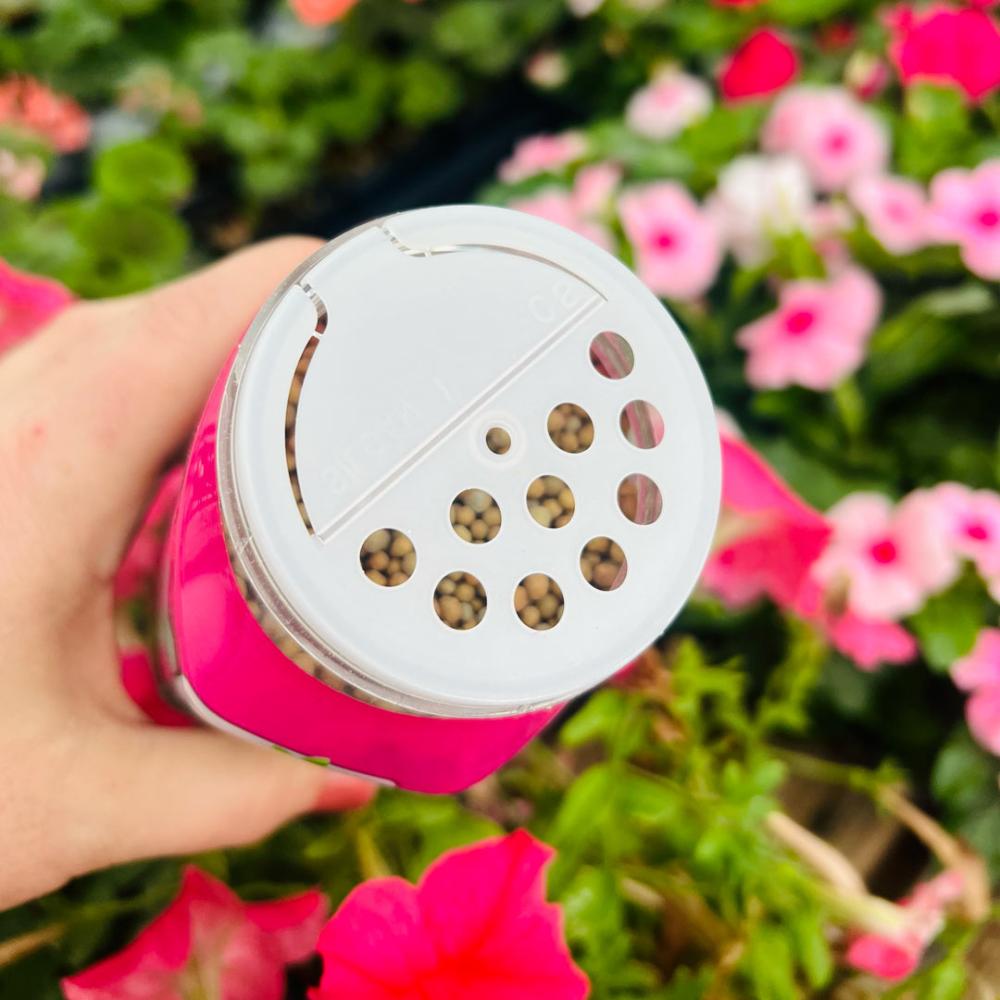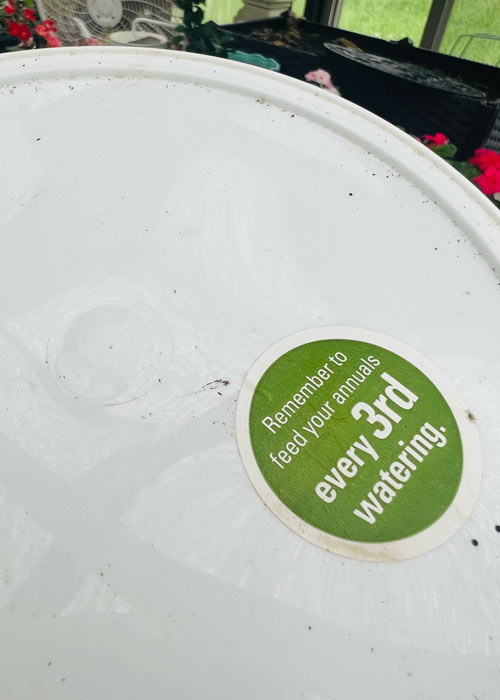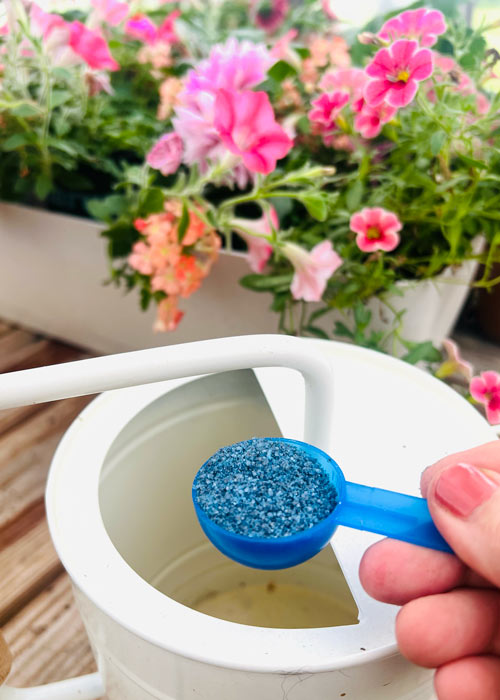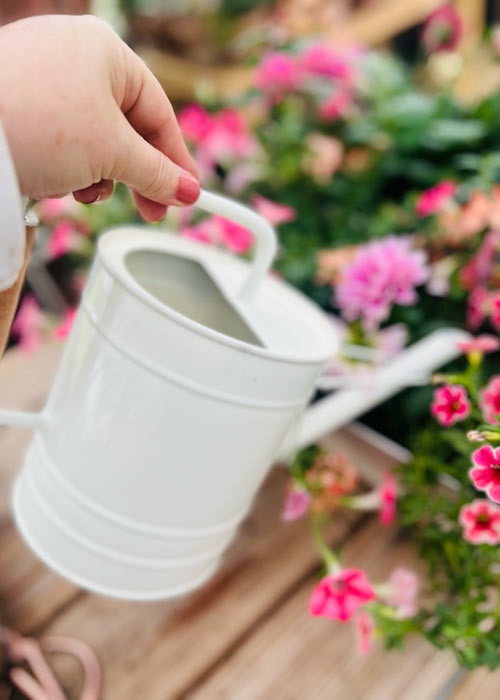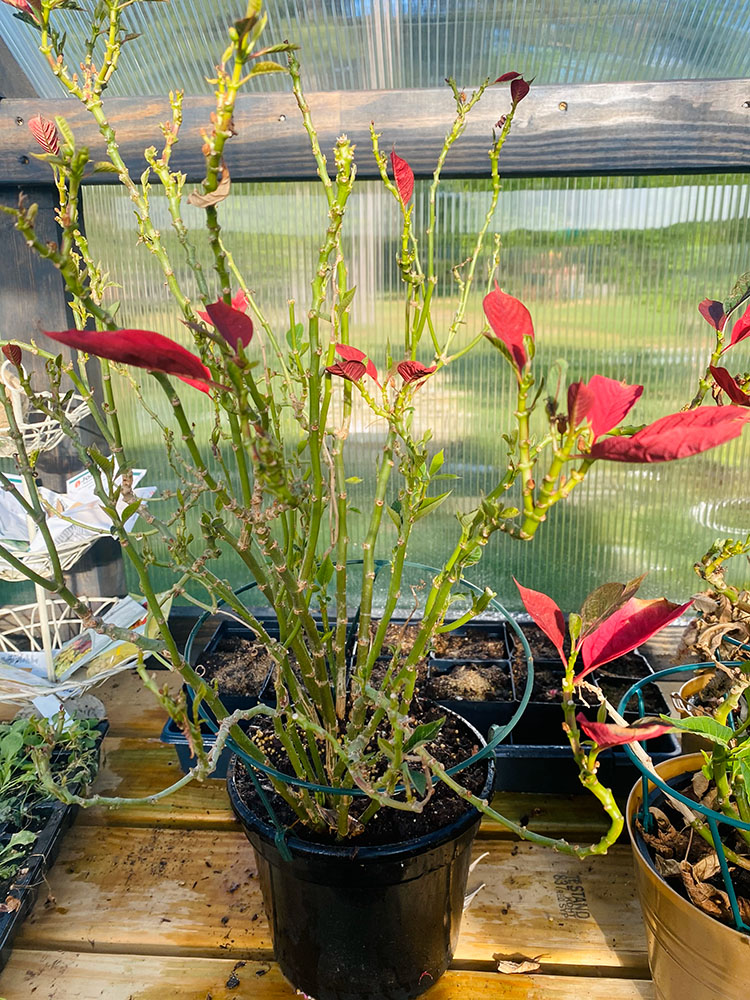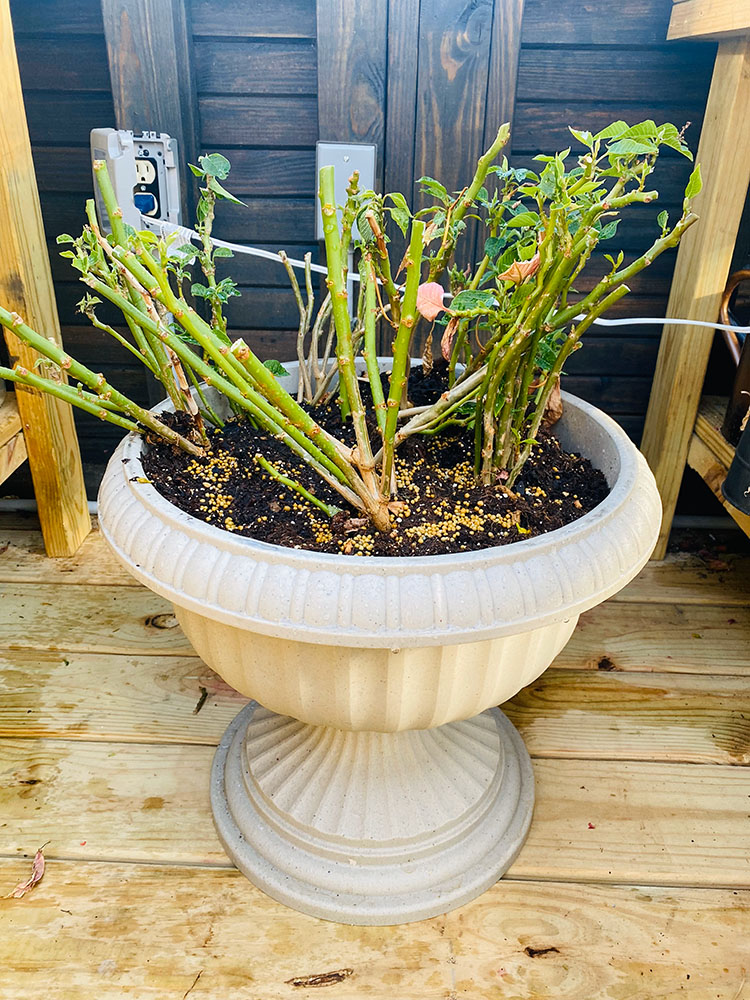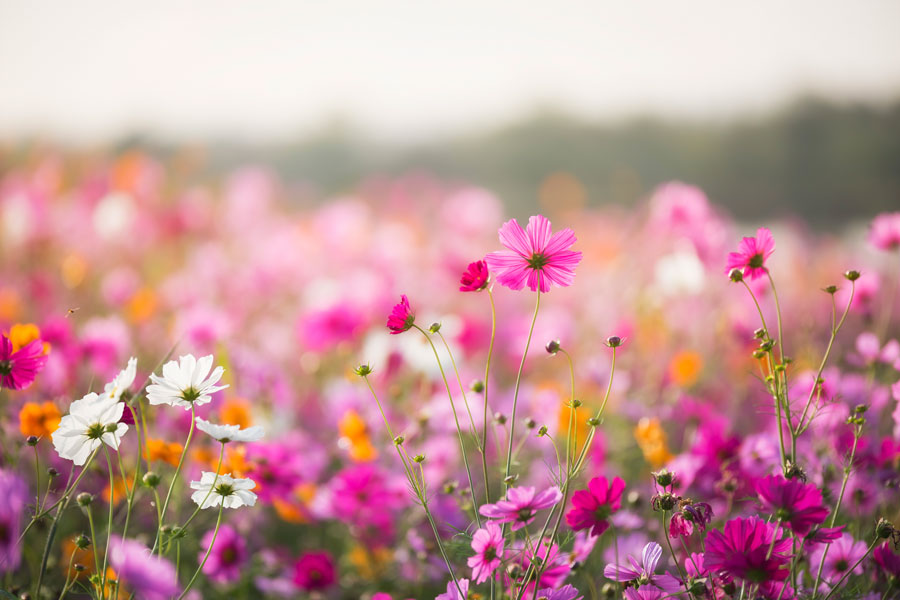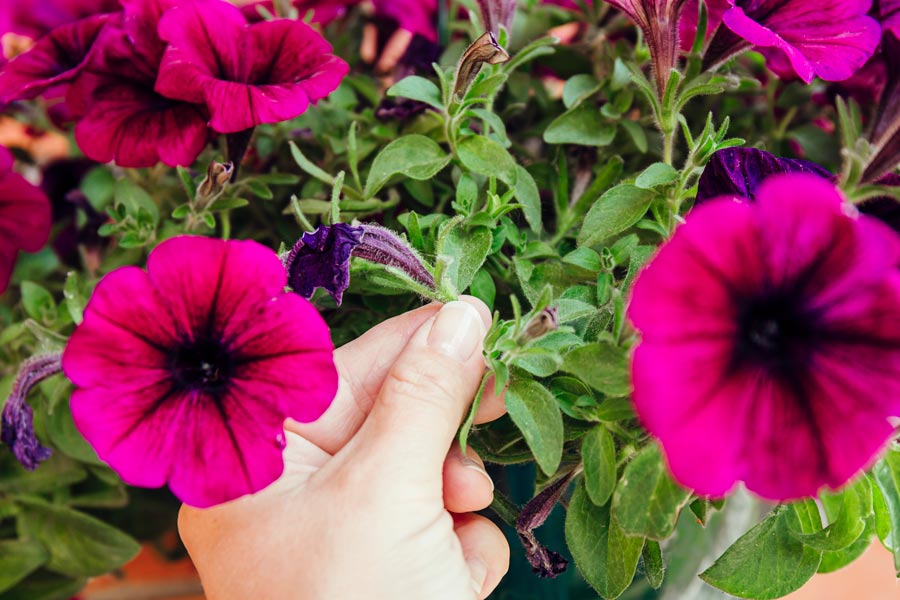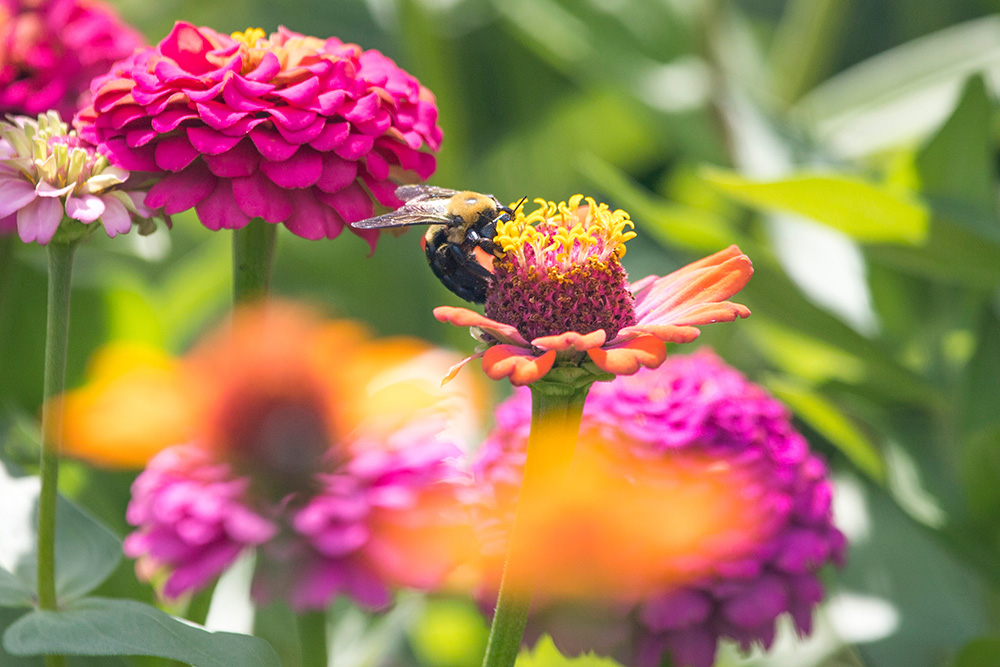Essential Fertilizing and Pruning Techniques for Summer Blooms
Blooming plants, whether delicate roses or stunning geraniums, add an unparalleled charm to any garden, patio, or greenhouse. However, their optimal beauty does not come without effort. Proper care is essential to ensure these plants reach their full potential and produce stunning blossoms. Fertilizing and pruning are two fundamental practices that can significantly impact the health and vitality of blooming plants. In this guide, we'll explore the importance of fertilizing and pruning as well as various types of fertilizers and, when to use them, as well as tips for pruning.
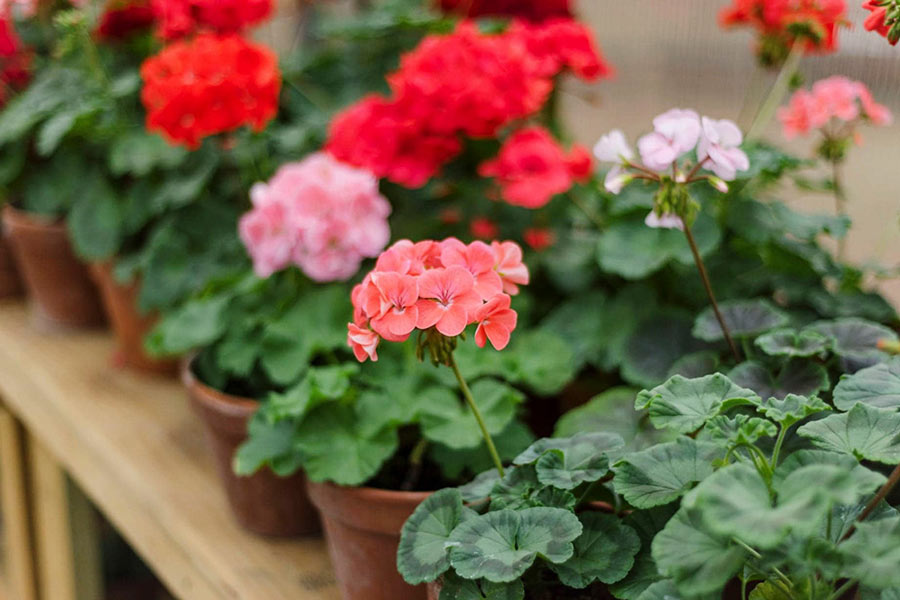
Why Fertilize?
Fertilizing is like providing a balanced diet for your plants. It replenishes essential nutrients in the soil, promoting healthy growth, robust blooms, and overall plant vigor. Blooming plants have specific nutritional needs, particularly during their flowering season when they require more energy to produce blossoms. Fertilizing helps meet these demands and ensures continuous blooming throughout the season.
Types of Fertilizers
Organic Fertilizers
Organic fertilizers, derived from natural sources such as compost, manure, or bone meal, offer numerous benefits. They improve soil structure, enhance microbial activity, and provide a slow release of nutrients, promoting long-term soil health. Organic fertilizers are particularly suitable for environmentally conscious gardeners and those aiming to cultivate a sustainable garden ecosystem. Fish fertilizers are great, but I will be honest, I don’t like to use them in my greenhouse because of the odor. However, I do love using this organic Rev as a nutrient boost. I do use organic on my vegetable plants.
Pictured Below: Organic REV Liquid Plant Food
Slow-Release Fertilizers
Slow-release fertilizers, also known as controlled-release or timed-release fertilizers, deliver nutrients to plants gradually over an extended period. These fertilizers are ideal for blooming plants as they provide a steady supply of essential nutrients without the risk of over-fertilization, which can lead to nutrient imbalances or burn the plant roots. Slow-release fertilizers are convenient for busy gardeners and offer consistent nourishment to plants over time. I add a slow-release fertilizer to all of my greenhouse geraniums in the fall I also add it to my up-and-coming container hydrangeas in April. ALWAYS, always research your plants to learn about their specific needs and fertilizers that are best suited for that particular plant. I don't have a favorite but tend to purchase Osmocote and Jack’s Bloom Booster personally.
Pictured Below: Osmocote Smart-Release Plant Food Plus Outdoor & Indoor
Water-Soluble Fertilizers
Water-soluble fertilizers come in the form of powders or liquids that dissolve easily in water, making them readily available to plants. They are fast-acting and provide a quick boost of nutrients, making them suitable for plants that require immediate attention or are showing signs of nutrient deficiency. Water-soluble fertilizers are often used as a supplement to regular fertilization routines or as a means of addressing specific nutrient deficiencies promptly. I use a diluted form throughout the winter for my greenhouse geraniums and then continue to use every 3rd – 4th watering when they are outside on my patio. I also use a half-strength diluted mixture for my ferns every 3-4 weeks. And, if you have petunias – they are such heavy feeders and LOVE to be fed. Again, I don’t have a favorite but tend to purchase Miracle-Gro over and over and it’s served me well.
Pictured Below: Proven Winners Premium Water Soluble Fertilizer
When to Fertilize
The timing of fertilization plays a crucial role in maximizing its effectiveness. For most blooming plants, it's best to fertilize during their active growth periods, typically in early spring as they emerge from dormancy and again in late spring or early summer as they enter their peak flowering phase. However, it's essential to follow the specific recommendations for each plant species, as some may have different nutritional requirements or may benefit from additional fertilization during other times of the year.
The Importance of Pruning
In addition to fertilizing, pruning is another essential aspect of blooming plant care. Pruning helps maintain plant shape, remove dead or diseased growth, and promote air circulation and light penetration, which are crucial for overall plant health and flower production. Regular pruning encourages the development of new growth and stimulates the formation of more abundant and larger blooms.
When it comes to pruning blooming plants, it's essential to proceed with caution while paying attention to detail. While pruning offers numerous benefits, such as encouraging new growth and enhancing flower production, improper pruning techniques can harm the plant and inhibit its ability to bloom. One crucial consideration is to avoid over-pruning, which can weaken the plant and reduce its overall vigor. It's also important to use sharp, clean pruning tools to make precise cuts and minimize the risk of introducing disease or causing unnecessary damage to the plant tissue. Additionally, be mindful of the plant's specific growth habits and flowering patterns, as some species may require different pruning approaches to achieve the desired results. By taking the time to observe and understand the needs of each individual plant, gardeners can prune with confidence, knowing they are promoting healthy growth and abundant blooms.
Fertilizing and pruning are indispensable practices for anyone looking to cultivate thriving blooming plants, whether in a greenhouse or garden setting. By providing the right nutrients and maintaining proper plant structure, gardeners can ensure their plants reach their full blooming potential, creating a spectacle of color and beauty for all to enjoy. With the variety of fertilizers available, from organic to slow-release to water-soluble, and the knowledge of when to apply them, anyone can enjoy an abundance of blooms.

